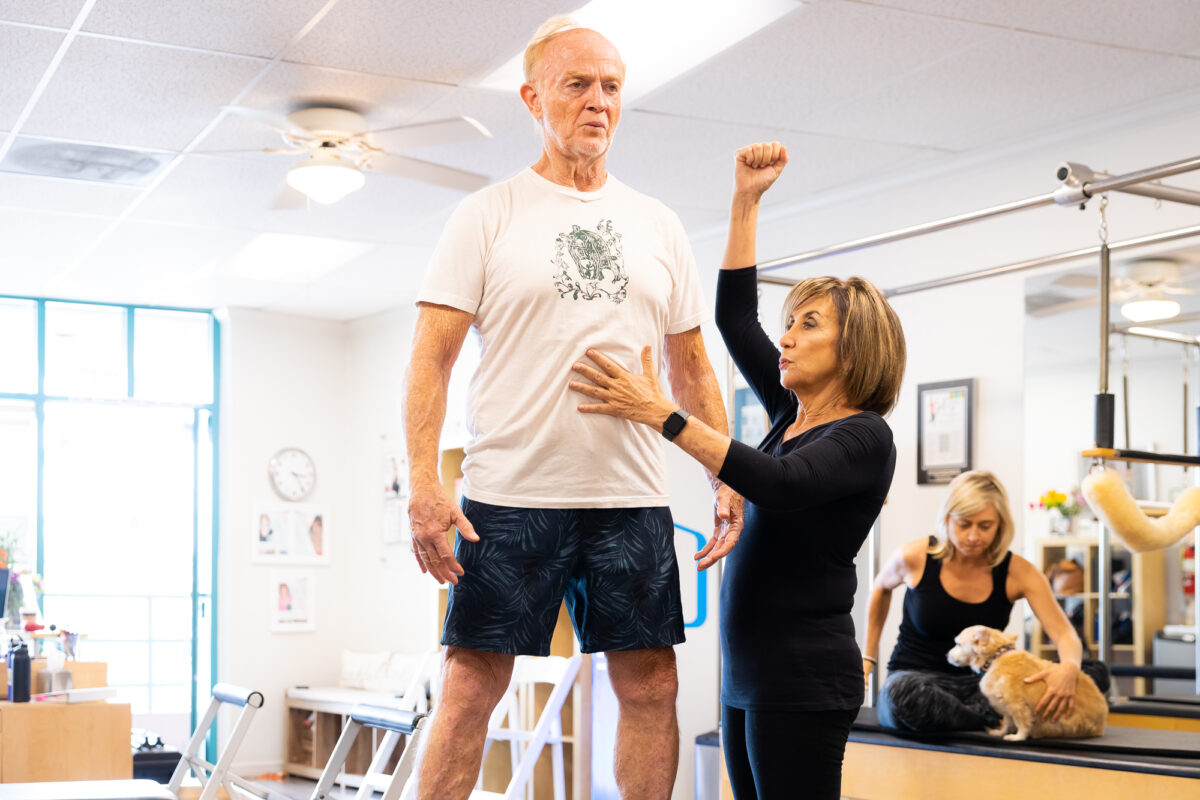6 Benefits of Pilates Breathing
Pilates movements cannot be separated from breath. In Pilates, breathwork is considered a necessary tool that cleanses, prepares, positions and engages the body through Pilates movements. With conscious breath patterns, you will see improvements in your practice, as well as in integrating the mind and body on and off the mat. Read on to discover the many benefits of Pilates breathing and why conscious breath is such a core tenant of Pilates practice.
Want to learn more? Contact the Westwood Pilates instructors at Sheppard Method Pilates to discuss how we can help you get started. Schedule your first class now!
The Importance of Breath and Movement
1. Deep Breathing is a Natural Internal Cleansing Mechanism
Even if you’ve never practiced Pilates, you have likely felt the positive impacts when breathing deeply. In Pilates, conscious breath is an essential element of the practice. Joseph Pilates pioneered the concept of marrying breath to exercise, recognizing that most people breathe shallowly, and that we need to be more intentional with our breath patterns. Breathing is a crucial cleansing mechanism is inherent in our human bodily function. We inhale oxygen, necessary for nearly all chemical reactions in your body, and exhale carbon dioxide, a waste product from oxygen conversion. Deep breathing facilitates this cleansing process, stimulating the heart and increasing blood flow. This is also why deep breathing is often called taking a cleansing breath. With fresh breath, blood, and energy pumping, we are ready to engage in our Pilates practice.
2. Conscious Deep Breath Integrates the Mind and Body
Deep breathing, sometimes referred to as big belly breathing in Pilates, is formally called diaphragmatic breathing. This technique’s pattern of breath involves expanding the lungs fully, directing your breath deep into your belly. A visual used is imagining you are filling a balloon up with as much air as possible inside your belly with each inhalation. This helps to relieve tension from your upper body, neck, and shoulders while cleansing your body’s system. It is a great way to mindfully relax and mentally center—and likely the breath technique you are already familiar with that helps calm your mind and body down aside from Pilates. Often, conscious deep breath is how Pilates sessions begin and end.
When performing movements in Pilates, we use what is called lateral breathing, as this is what engages the core and prepares our bodies for our Pilates movements. There are many breath techniques in Pilates, but lateral breathing is the most emphasized. Lateral breathing is different than diaphragmatic breathing in how and where you direct your breath. Essentially, with an inhale, you expand your ribcage laterally (think: “navel to spine”). Keeping your breath in your ribcage rather than your belly recruits your entire trunk and core muscles as you focus on sending your breath three-dimensionally and maintaining abdominal contraction.
3. Lateral Breathing Facilitates Core Muscle Activation
When we marry our breath to movement, we activate the core. And as we know, Pilates relies and focuses on core activation for its movements. The diaphragm, muscles of the trunk, deep core, and pelvic floor are all activated with conscious, lateral breath that is distributed throughout your body. This effectively engages the core, allowing efficient coordination. This is different than our normal passive breath, which generally moves through our body without contraction. However, with forceful and purposeful inhale and exhale, it is easier to maintain focus and posture when performing Pilates movements, as core activation is constant, enhancing our Pilates performance.
4. Applying Breath to Movement Increases Safety of Exercises
Through core stabilization, we protect our body from misalignment that can lead to injury.
To reach our full movement potential, we need to ensure we are not breathing in the upper chest. This creates tension in the neck and trapezius muscles and does not allow that necessary cleansing breath to move through the body. This can lead to tightness, cramping, low mobility of the spine, and even injury caused by misalignment. Joseph Pilates recognized this common dysfunction which is why he emphasized the importance of breathwork in Pilates practice.
5. Regular Breathwork Increases Lung Capacity and Ribcage Mobility
As you pay closer attention to your breath as you practice Pilates, you want to notice how your ribcage is positioned. To inhale, direct the breath into the sides of the ribs to expand laterally. Then, exhale through the mouth and close the ribcage down and in, careful not to flare your ribcage out. When the ribcage is popped out, your obliques are not activated, and your spine therefore not stabilized. By enhancing your ribcage mobility, you can master the necessary positioning needed for optimal performance of Pilates movements.
Through regular breathwork, your lungs will also grow stronger. Improved lung capacity in itself has many benefits, including increased lung volume, healthier blood flow, and overall better respiratory function. A weak respiratory system inhibits necessary oxygen intake and can lead to serious long-term health issues.
6. Conscious Breathing Improves Mental Health by Reducing Stress and Anxiety
One of the best parts of Pilates is how regular practice transfers benefits from the mat into your daily life. Avoiding shallow, upper chest breathing and instead, remaining conscious of your breath at all times can have a remarkable impact on your mental health long after your Pilates practice ends. Healthy breathing patterns are scientifically proven to improve physical and mental health by relieving tension and providing relaxation, cleansing the body’s systems, and centering your mind and spirit. Through regular practice, these breathing patterns will become second nature and provide benefits to your daily life on and off the mat.
Breath and Move with Our Team at Sheppard Method Pilates
At Sheppard Method Pilates, we are hyperaware of the importance of breathwork. Regardless of experience level, we help you grow in your Pilates practice and overall health journey by teaching various breathing patterns and breath techniques in all of our various classes and lessons.
Call the Westwood Pilates instructors at Sheppard Method Pilates to book your first class and transform your body from the inside out!

